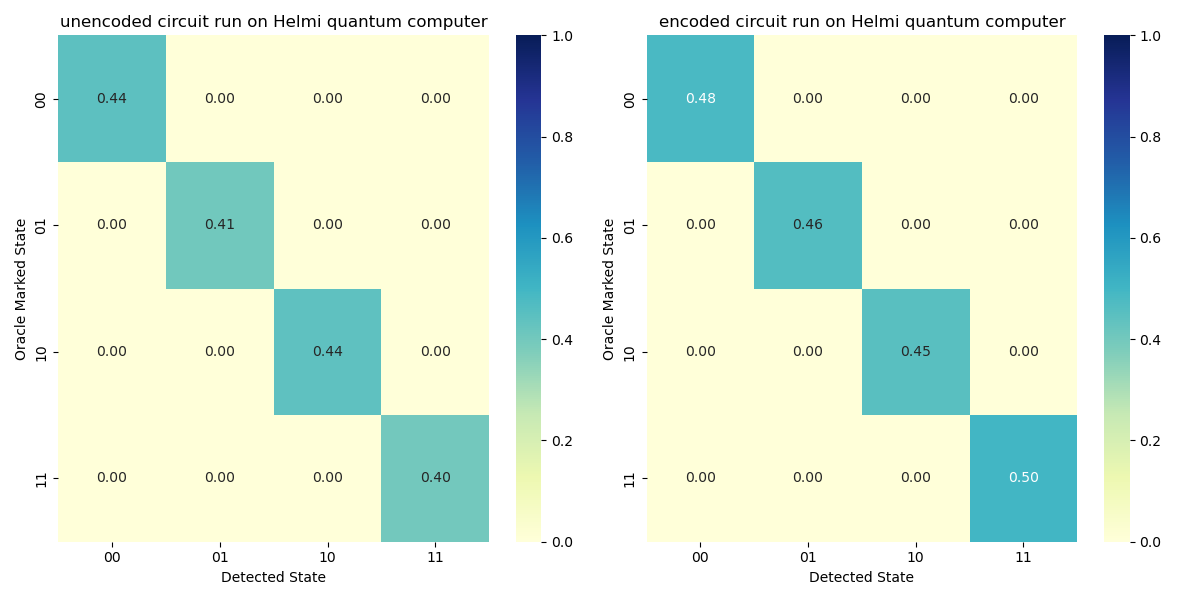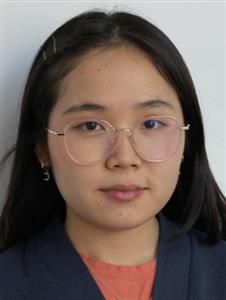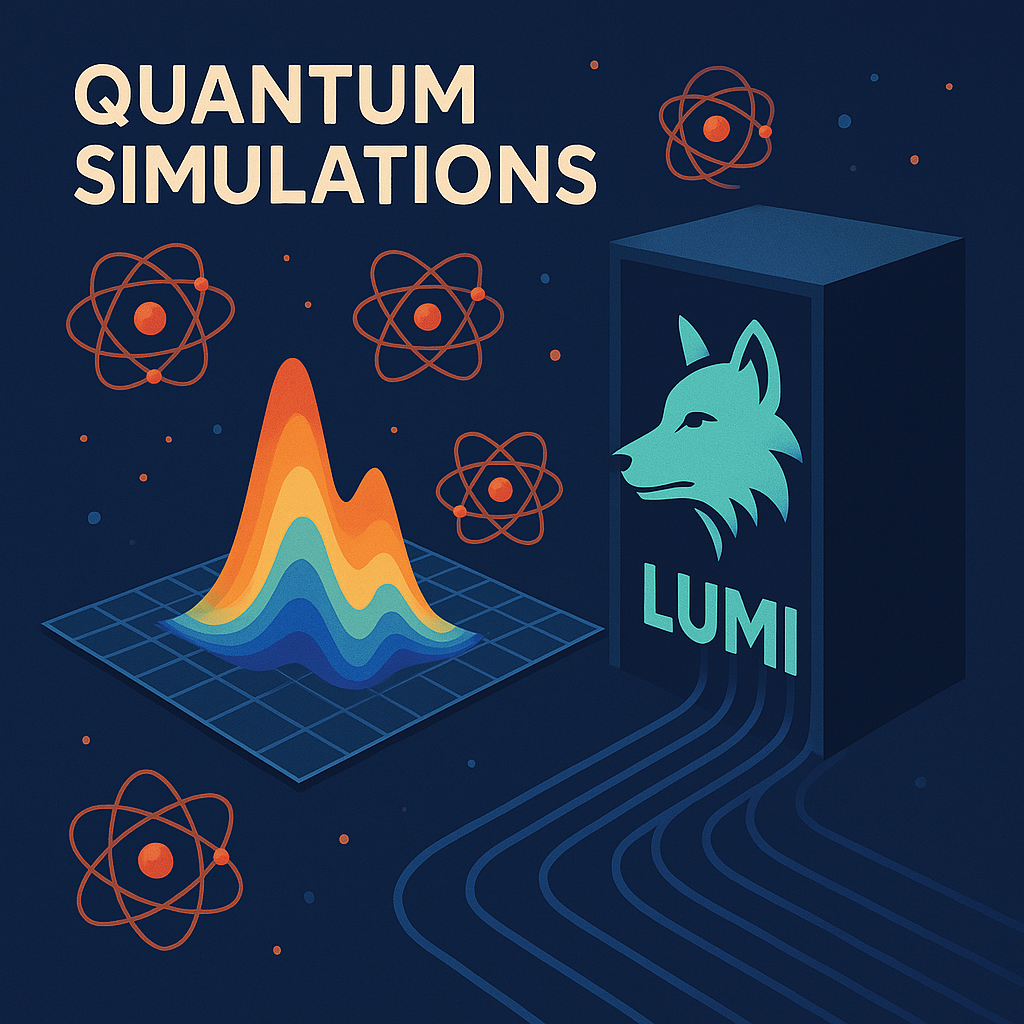Quadratic Speedup Search Algorithm with [[4, 2, 2]] Quantum Error Detecting Code
Grover’s Search Algorithm [1], introduced by Lov Grover in 1996, is one of the most important quantum algorithms due to its ability to search an unsorted database significantly faster than any classical algorithms. In classical computing, searching for a specific item among $N$ unsorted elements requires $O(N)$ steps. However, Grover’s algorithm can achieve this in just $O(\sqrt{N})$ steps, providing a quadratic speedup. This efficiency is obtained by the unique properties of quantum computing: superposition and entanglement. These properties allow the algorithm to explore multiple possibilities simultaneously, therefore reducing the number of iterations needed to find the target item.
The Challenge of Quantum Errors
Despite its power, Grover’s search algorithm faces practical limitations due to errors inherent in current quantum hardware, such as quantum decoherence, gate imperfections, and environmental noise [2]. As quantum algorithms scale to handle larger datasets, these errors become increasingly problematic, potentially undermining the benefits of quantum speedup. To address these challenges, researchers have explored various techniques, including quantum error detection and correction, as well as quantum error mitigation, to enhance the reliability and accuracy of quantum computations on real hardware. Quantum error correction (QEC) involves encoding quantum information into a larger quantum system in such a way that errors can be detected and corrected [9], allowing the computation to proceed without being disrupted by noise. Quantum error mitigation (QEM) [10], on the other hand, focuses on reducing the impact of errors immediately on the computation’s outcome through techniques like post-processing or adjusting the quantum operations to minimize error effects.
Implementing Grover’s Search with Quantum Error Detection
Recently, Pokharel and Lidar [3] published a report on the successful implementation of Grover’s search using quantum error detection (QED) codes and suppression. Inspired by their approach, we here implement the Grover search circuit for a 2-bit number on the Helmi quantum computer. This approach focuses on leveraging the specific layout of the Helmi QPU chip to avoid the need for SWAP gates. SWAP gates, which swap the state of two qubits, are a source of errors in superconducting quantum computers like Helmi. This allows us to search for a number in the unsorted set of ${0, 1, 2, 3}$ in just two steps.
In this implementation of Grover search, the [[4,2,2]] quantum error-detecting code is employed, utilizing a set of fault-tolerant gates to enhance the system’s robustness [4]. The code helps in mitigating the effects of quantum noise and operational imperfections, ensuring a more reliable and accurate execution of the algorithm. By incorporating these fault-tolerant techniques, we move closer to realizing the potential of quantum algorithms in practical quantum computing applications.
Grover’s Search Algorithm Overview
Before diving into the implementation, let’s briefly review Grover’s Search Algorithm. The algorithm operates in three main stages:
- Initialization: All qubits are initialized to a superposition state, representing all possible outcomes with equal probability.
- Oracle Application: The oracle is a black-box function that identifies the correct answer by flipping the sign of the amplitude corresponding to the target state.
- Amplitude Amplification: The algorithm repeatedly amplifies the probability of measuring the correct answer by applying the Grover iteration, which consists of the oracle application followed by an inversion about the mean.
The number of iterations required to find the correct answer is proportional to $\sqrt{N}$ [1], providing a significant speedup over classical search algorithms.

Figure 1: Grover's Search Algorithm for a 2-bit number with the oracle marking the state '01'. Since this is a search for a 2-bit number, only one iteration of the amplitude amplification step is required.
Implementing Grover’s Search with the [[4, 2, 2]] Code
The [[4,2,2]] quantum error detection code follows the [[n,k,d]] convention in QEC [5]. This notation indicates the following:
- n=4: The code uses 4 physical qubits. These are the actual qubits in the quantum system used to implement the error-correcting code.
- k=2: The code encodes 2 logical qubits. These are the qubits that hold the actual information being protected against errors.
- d=2: The code distance is 2, which implies the minimum number of qubits that need to be flipped to cause an undetectable error. A code distance of 2 suggests that the code can detect but not necessarily correct single-qubit errors.
In summary, the [[4,2,2]] code uses 4 physical qubits to protect 2 logical qubits and can detect errors, bit flips or phase flips, but may not be able to correct such errors using specific operators to extract syndromes.
Syndromes provide information about possible errors in a quantum system and are typically obtained from the measurement outcomes of ancilla qubits (extra qubits added specifically to capture the syndrome outcome) [9]. In this quantum error detection (QED) code, the syndromes are represented by the operators $XXXX$ and $ZZZZ$, which indicate the presence of bit-flip and phase-flip errors, respectively [6].
In this implementation, the Grover search circuit is encoded using fault-tolerant gates. Fault-tolerant gates are specifically designed to prevent errors from propagating through the quantum circuit, making the entire computation more robust. See this Jupyter Notebook to know more about the implementation construction.
![Example of Grover's 2-bit implementation with [[4, 2, 2]] code](/assets/images/grover/encode_v1.png)
Figure 2: Implementation of Grover's Search Algorithm using the [[4, 2, 2]] quantum error-detecting code.
To validate the correctness of the encoded circuit, we ran the algorithm on an ideal simulator, which models a perfect quantum system with no errors or noises. The results confirmed a 100% accuracy for all oracle-marked states, demonstrating the effectiveness of the encoded fault-tolerant implementation.
![Simulation results for Grover's Search with [[4, 2, 2]] code](/assets/images/grover/simulator_enc.png)
Figure 3: The accuracy of Grover's Search Algorithm for different 2-bit numbers marked in the oracle state on a simulator.
Running on the Helmi QPU
To compare the performance of the encoded and unencoded versions of the circuit, we ran both on the Helmi quantum computer. For a fair comparison, we duplicated the unencoded circuit (Figure 4) to match the qubit count of the encoded version.

Figure 4: Unencoded Grover's search circuit for a 2-bit number
Although the [[4, 2, 2]] code provides syndromes $XXXX$ and $ZZZZ$ to detect errors, the Helmi QPU’s limitation of 5 qubits prevents us from adding the necessary ancilla qubits for syndrome measurements. The encoded circuit, utilizing fault-tolerant gate sets, still demonstrates improved performance compared to the unencoded version.
The results from the Helmi QPU indicate that the overall accuracy is below 50%, primarily due to the noise affecting the hardware. Despite this, the encoded version outperforms the unencoded version (see Figure 6), demonstrating the advantages of incorporating error-detecting codes and fault-tolerant gates [7], even in the absence of full error correction. It is important to note that results may vary over time, as the calibration of real quantum computers fluctuate over time.

Figure 5: The accuracy of Grover's Search algorithm running on Helmi with the unencoded version (left) and the encoded version (right).

Figure 6: Compare the performance of encoded and unencoded version.
Notebooks
The Jupyter Notebook with more information about the algorithm and the codes to run encoded circuit for Grover’s Search can be found here. This can be executed directly on the FiQCI infrastructure.
Conclusion
The results demonstrate that encoding Grover’s Search Algorithm with the [[4, 2, 2]] quantum error-detecting code significantly improves its performance on noisy quantum hardware. Although the overall accuracy is limited by the hardware, the clear performance increase of encoded circuit suggests that error-detecting codes and fault-tolerant gates [8] are highly beneficial for designing a quantum circuit. As the qubit count of quantum computers continue to grow, we can incorporate error syndrome measurements and even full error correction, further improving the reliability and accuracy of quantum algorithms. This is great news for the prospect of realizing the full potential of quantum algorithms and making them practical for real-world applications.
References
- L. K. Grover, “Quantum mechanics helps in searching for a needle in a haystack,” Phys. Rev. Lett., vol. 79, pp. 325-328, Jul. 1997. Available: https://journals.aps.org/prl/abstract/10.1103/PhysRevLett.79.325
- A. Chatterjee, S. Das, and S. Ghosh, “Q-Pandora Unboxed: Characterizing Noise Resilience of Quantum Error Correction Codes,”, Aug. 2023. Available: https://arxiv.org/pdf/2308.02769
- B. Pokharel and D. A. Lidar, “Better-than-classical Grover search via quantum error detection and suppression,” npj Quantum Inf., vol. 9, no. 1, Mar. 2023. Available: https://www.nature.com/articles/s41534-023-00794-6
- E. G. Rieffel, D. A. Lidar, and A. Y. Matsuura, “Error detection on quantum computers improves accuracy of chemical calculations,” arXiv:1910.00129, Oct. 2019. Available: https://arxiv.org/pdf/1910.00129
- A. R. Calderbank and P. W. Shor, “Error prevention scheme with four particles,” arXiv:quant-ph/9603031, Mar. 1996. Available: https://arxiv.org/pdf/quant-ph/9603031
- D. Gottesman, “Protecting quantum memories using coherent parity check codes,” arXiv:1709.01866, Sep. 2017. Available: https://arxiv.org/pdf/1709.01866#page=15.52
- E. Hu, Z. Li, and R. Shapiro, “Quantum Benchmarking on the [[4,2,2]] Code,” Duke University, Department of Mathematics, 2018. Available: https://services.math.duke.edu/DOmath/DOmath2018/hu-li-shapiro.pdf
- A. D. Corcoles et al., “Fault-tolerant quantum error detection,” Sci. Adv., vol. 3, no. 7, Jul. 2017. Available: https://www.science.org/doi/epdf/10.1126/sciadv.1701074
- S. J. Devitt, W. J. Munro, and K. Nemoto, “Quantum error correction for beginners,” Rep. Prog. Phys., vol. 76, no. 7, p. 076001, Jun. 2013, doi: 10.1088/0034-4885/76/7/076001. Available: https://arxiv.org/pdf/0905.2794
- Z. Cai, R. Babbush, S. C. Benjamin, S. Endo, W. J. Huggins, Y. Li, J. R. McClean, and T. E. O’Brien, “Quantum error mitigation,” Rev. Mod. Phys., vol. 95, no. 4, p. 045005, Dec. 2023, doi: 10.1103/revmodphys.95.045005. Available: https://arxiv.org/pdf/2210.00921
Give feedback
Feedback is greatly appreciated! You can send feedback directly to fiqci-feedback@postit.csc.fi.



